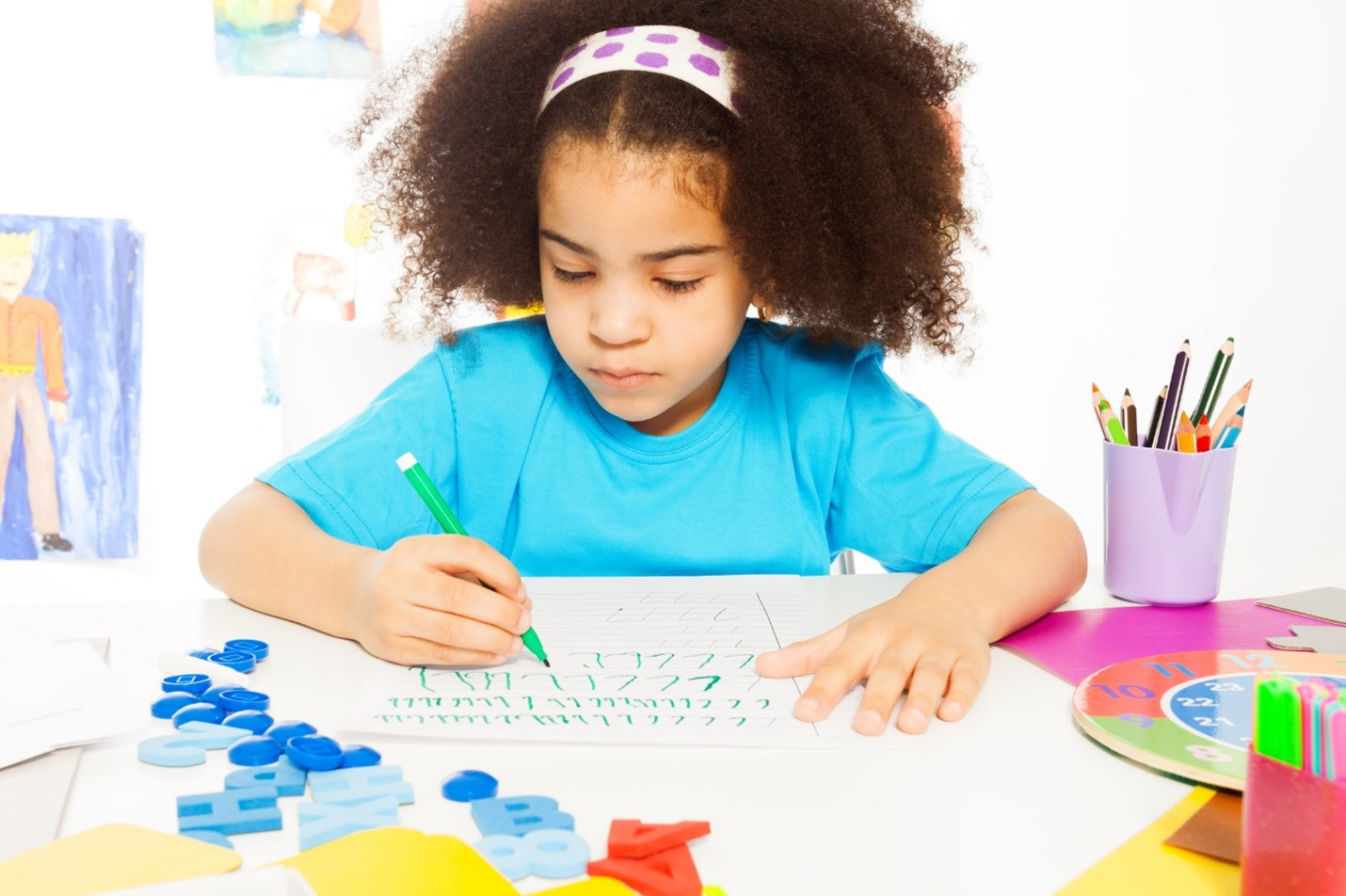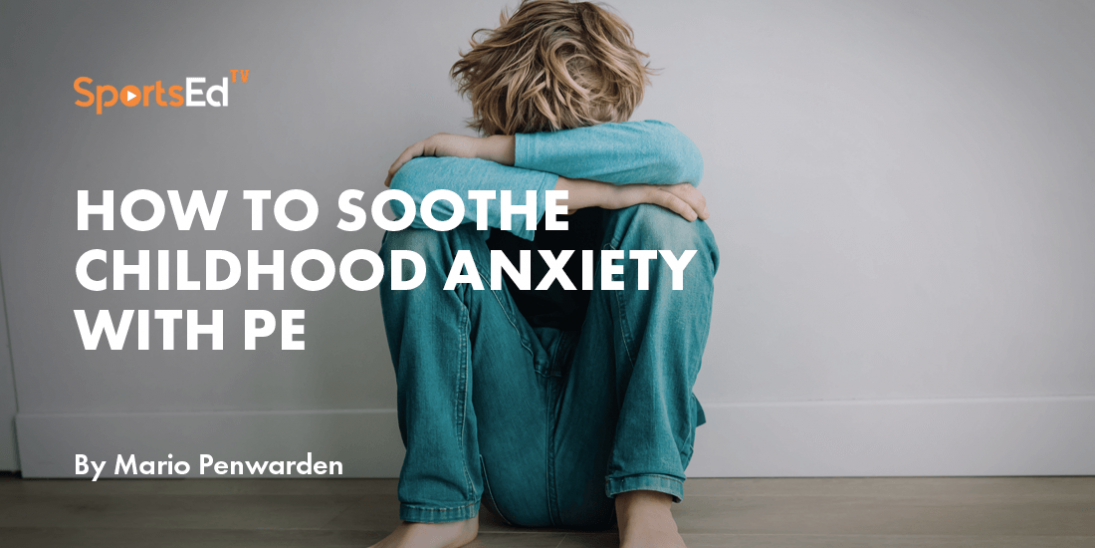Physical Education
Welcome and thanks for visiting...

Bilateral Coordination and how it is all around us

Bilateral coordination or bilateral integration is something many parents have heard about, but what is it and why is it such an important component of development. Why all the fuss?
Bilateral coordination is the ability to use both sides of the body at the same time in a controlled and organized manner. Being able to coordinate both sides of the body is an indication that both sides of the brain are communicating and sharing information with each other. When we look at a quick list of daily activities which relies on this, you will realize just what an integral part of development it is. Some of the activities include walking, running, climbing stairs, stirring food, picking things up, writing, cutting, riding a bike and most importantly playing.
Bilateral integration can be broken down into 3 different types namely
Symmetrical or unilateral

- Pulling socks or pants up
- Jumping rope
- Jumping jacks
- Catching a ball
- Clapping
- Holding a book
Alternating or reciprocal

- Walking
- Swimming
- Riding a bike
- Hopscotch
- Animal walks
Asymmetrical

- Cutting with scissors
- Writing and coloring
- Using eating utensils
In addition to these the stages following this are midline crossing and bilateral development for academics.
As we can see from the examples above it is very important for a child to develop the necessary bilateral integration in order to accomplish many daily activities. The development of bilateral coordination is sequential and children must first develop symmetrical bilateral integration, then reciprocal and then asymmetrical bilateral coordination before moving to midline crossing and ultimately bilateral academic skills.
Bilateral integration and academics
Academic skills rely on well developed bilateral coordination and good midline crossing. Bilateral coordination therefore plays a major part in allowing learners to get off to the best possible start to their academic careers. Cutting, pasting, writing and reading will all be difficult skills to master without it. A quick example will be reading where the eyes need to move smoothly across the page and have the ability to cross the midline and continue uninterrupted. If bilateral coordination lacks then the child will not have the necessary midline crossing ability to instinctively cross the midline, which will lead to a prolonged pause and a break in attention and reading ability.
According to research:
- Research indicates a significant association between academic performance and body coordination
- Research concluded visual-motor coordination and visual selective attention may influence academic achievement
- Attention span benefits directly from physical activity which improves the overall learning process.
Physical education is an ideal opportunity for fine tuning bilateral integration
While bilateral coordination is something which most children develop naturally we are seeing an increase in the number of children who do not reach the necessary milestones. Well planned physical education classes will always incorporate a vast array of activities and exercises which will focus on bilateral coordination development. These activities include hopping, jumping, running, balancing, catching, kicking, skipping. Activities specifically targeting midline crossing are also very important and things like striking a ball with a bat, kicking, dribbling and various other sport driven sessions all target midline crossing.

Well developed bilateral coordination is also a key indicator to successful sport participation and performance. Children who have sound bilateral skills will be able to acquire basic sport skills quicker and the quality of the acquired skill will be much better. Good skills will impact running, agility, catching and the manipulation of equipment. When the primary skills are good and well developed children will be able to add secondary skills such as game play, decision making and execution of top end skills to their skill set, which will allow them to excel in their sport.
Bilateral coordination is often overlooked as a development skill purely because it is so ingrained in almost everything we do with our bodies. However, this is a skill which deserves as much attention as some of the more common ‘problem’ skills. By ensuring well developed bilateral skills, you will be investing in both academics and sport.





